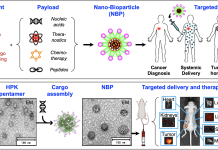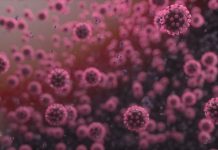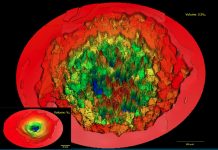Open Access Government produces compelling and informative news, publications, eBooks, and academic research articles for the public and private sector looking at health, diseases & conditions, workplace, research & innovation, digital transformation, government policy, environment, agriculture, energy, transport and more.
Home 2025
Archives
Nano-bioparticles: Fighting cancer with targeted nanotherapy
Dr LK Medina-Kauwe developed a bioengineered delivery system to treat resistant and metastatic tumors, highlighting the potential of nano-bioparticles to enhance cancer therapy by targeting specific tumor characteristics and overcoming treatment barriers.
Are nanotextures enough to kill cancer cells?
Nanotextures on nanoparticles and implants to kill cancer cells in a more targeted manner may just be the key to tackling resistance to traditional cancer drugs.
Artificial intelligence (AI) and biomaterials: A perfect BandAId™
Thomas J Webster, Ph.D., Professor and Entrepreneur, is investigating the potential of AI in medical applications and biomaterial production.
The rotating lepton model: Electron and positron catalysis of chemical and nuclear synthesis
Professor Emeritus Constantinos Vayenas from the University of Patras and PhD student Dionysios Tsousis from Stanford University discuss electron and positron catalysis in the CERN e+e- annihilation experiments via the Rotating Lepton Model.
The potential of microparticles for active surveillance of infectious diseases
Emmanuel Kifaro from the SACIDS Foundation for One Health, and College of Veterinary Medicine and Biomedical Sciences, Sokoine University of Agriculture, Tanzania, details the potential application of microparticles for active surveillance of viral infections from non-invasive animal matrices.
Naplife: Nanotechnology with a perspective on nuclear fusion
Biró. Tamás Sándor a research professor at the Wigner RCP in Budapest, Hungary, discusses using nuclear fusion as a primary energy source in his project ‘NAPLIFE’.







